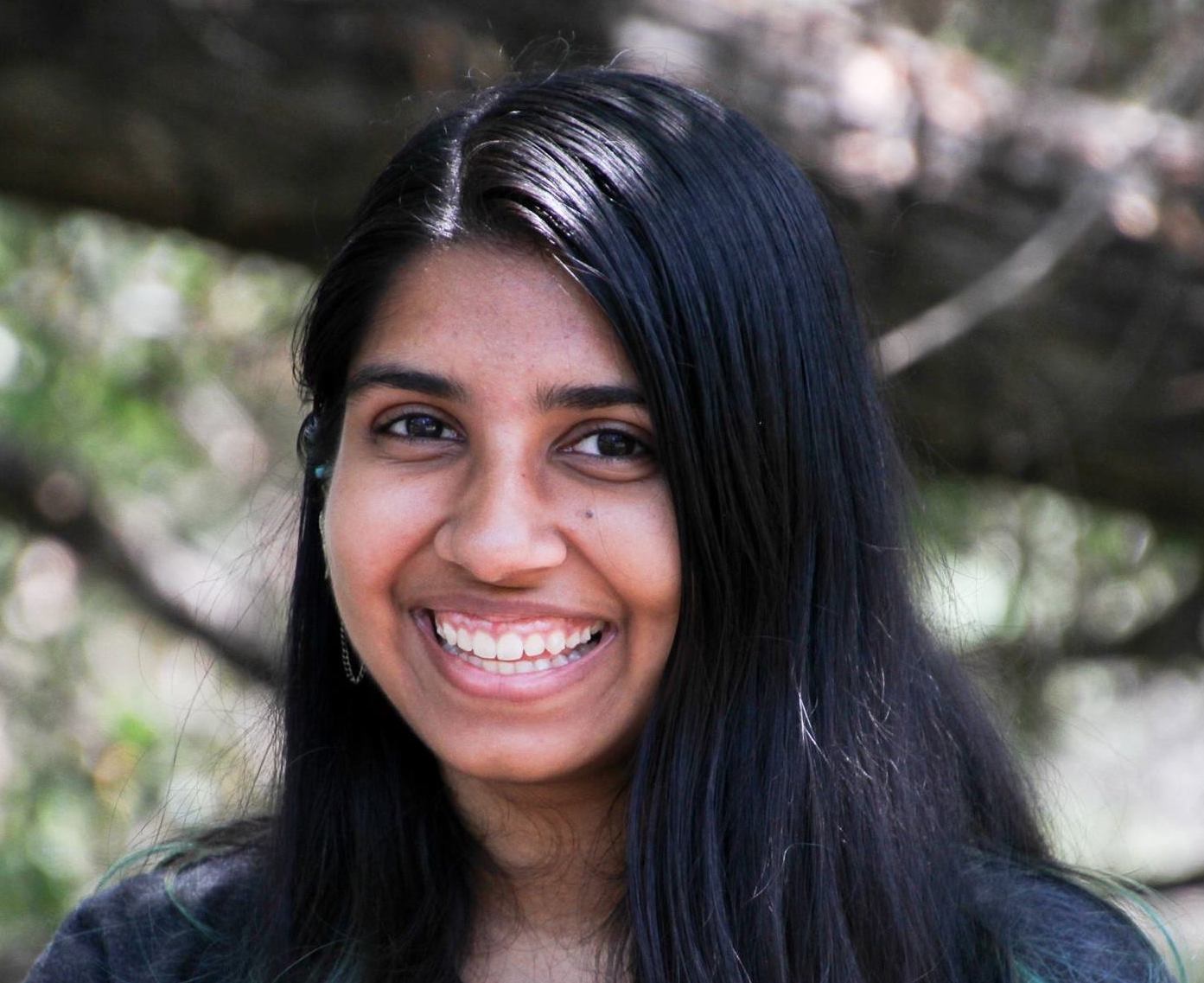Science Policy
I am passionate about science policy, particularly issues related to the safe and sustainable use of outer space, including space debris and space traffic management, as well as minimizing light pollution from satellite constellations. Some of my work on these topics is described below.
Certificate in Science, Technology, and Environmental Policy
Alongside my PhD in Astrophysics, I received a Certificate in Science, Technology, and Environmental Policy. Through this program, I took classes on Weapons of Mass Destruction, Space Security and Policy, and National Security Policy, and have worked on projects related to the threat posed by space debris to nuclear strategic stability (see below), and the need for a clearer definition of “outer space” given the growth of new technologies such as hypersonics and fractional orbital bombardment systems.
Space Debris and Space Security
There is a significant and growing amount of debris in space, much of which is smaller than our tracking limits (there are estimated to be 130 million pieces of debris smaller than 1 cm). I am working to understand the danger posed by this debris field to nuclear command, control and communications satellites, both in terms of the potential for collisions and what types of damage such collisions could cause. Given that small, untrackable debris pieces have the capacity to cause debilitating damage to satellites, I have delineated the difficulties in distinguishing between a satellite failure due to a collision with debris, and failure due to intentional interference with the satellite, noting that an inability to do so could lead to inadvertent nuclear escalation. I have also studied technologies that could be used to attribute satellite failures to debris impacts, and a set of changes to the 1972 Liability Convention to disincentivize debris production.
As a 2023 Next-Generation Fellow of the Physicists’ Coalition for Nuclear Threat Reduction, I have also been studying technical standards for an anti-satellite weapons testing ban. I am modeling the debris fields generated by ASAT tests with varying altitudes, impact angles, kill vehicle masses and velocities to determine whether there is a setup that can avoid the production of dangerous debris. I have shown that even at low altitudes, ASAT tests produce large amounts of debris in highly elliptical orbits that will cross dense shells of LEO satellite constellations, and I am now modeling the expected collision rate and the probability of a collisional cascade. I am also extending my analysis to models of Ballistic Missile Defense testing, showing that these tests also produce dangerous debris fields that are especially worrying given the growing satellite population in Very Low Earth Orbits.
Dark and Quiet Skies Protection and Satellite Light Pollution Mitigation
I am a Vice Chair of the American Astronomical Society’s Committee for the Protection of Astronomy and the Space Environment and a member of the Policy Hub of the International Astronomical Union’s Centre for the Protection of the Dark and Quiet Sky from Satellite Constellation Interferece. In these roles, I am studying national and international legal and policy pathways for protecting the night sky from light pollution caused by the growing number of satellites in orbit, and contributing to a report that will be used by these groups to inform future advocacy efforts. I am also interested facilitating communication between different stakeholders on this issue, including astronomers, the satellite industry and those concerned with national security interests, and organized a session at ASCEND 2023 to kick-off these discussions.
